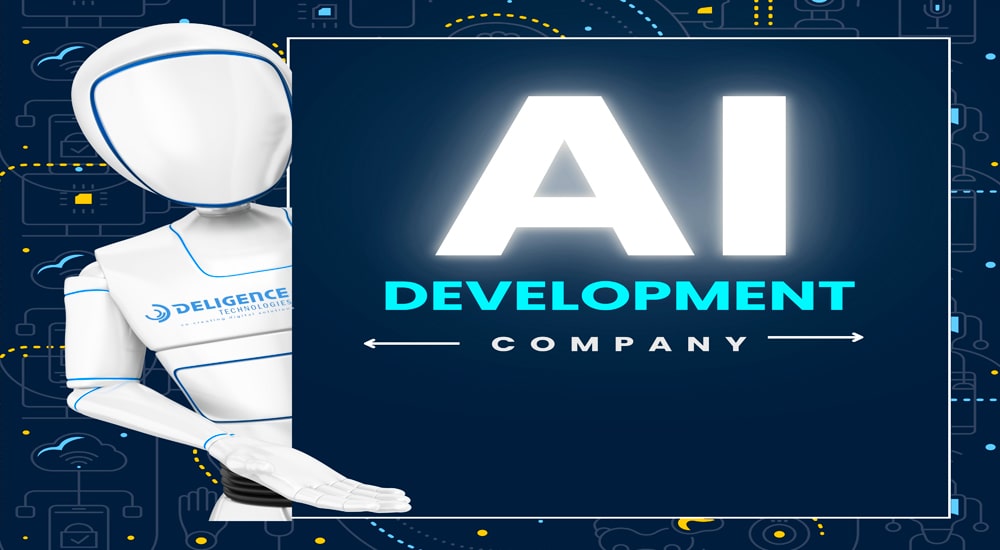
In today's competitive business landscape, artificial intelligence (AI) is no longer a luxury reserved for tech giants. Small businesses can now leverage AI solutions without breaking the bank. This guide explores practical and cost-effective strategies for implementing AI development in your small business operations.
Start with Clear Objectives
Before partnering with an AI development company or building internal capabilities, define your specific business needs. This focused approach prevents unnecessary spending on features you don't need. Consider:
- Which business processes need automation?
- What customer pain points could AI address?
- How will AI integration improve your bottom line?
Leverage Open-Source Solutions
One of the most cost-effective ways to begin AI development is through open-source frameworks and tools. Popular options include:
- TensorFlow and PyTorch for machine learning
- Scikit-learn for data analysis
- Hugging Face for natural language processing
- OpenCV for computer vision applications
These platforms offer robust capabilities without licensing fees, making them ideal for small businesses taking their first steps into AI development.
Consider Cloud-Based AI Services
Instead of building everything from scratch, consider using cloud-based AI services. Major providers offer pay-as-you-go models that are particularly suitable for small businesses:
- Amazon Web Services (AWS) SageMaker
- Google Cloud AI Platform
- Microsoft Azure AI
- IBM Watson
These platforms provide pre-built models and APIs that can significantly reduce development time and costs.
Build a Hybrid Development Team
Rather than hiring a full in-house team or completely outsourcing to an AI development company, consider a hybrid approach:
Internal Resources
- Train existing technical staff in AI basics
- Hire one experienced AI developer to lead projects
- Invest in continuous learning programs
External Support
- Partner with freelance specialists for specific projects
- Use consulting services for strategy and planning
- Collaborate with local universities for research and development
Start Small and Scale Gradually
Implement AI in phases to manage costs and risks effectively:
- Begin with pilot projects
- Measure ROI carefully
- Document learnings and challenges
- Scale successful implementations
- Abandon or modify unsuccessful approaches quickly
Optimize Data Management
Effective AI development relies heavily on quality data. Implement cost-effective data management strategies:
- Use open-source databases when possible
- Implement data cleaning and organization protocols
- Focus on collecting relevant, high-quality data
- Consider data storage costs in your budget planning
Explore Alternative Funding Options
Look beyond traditional financing to fund your AI initiatives:
- Government grants for technology innovation
- Small business technology adoption programs
- Industry-specific innovation funds
- Partnership opportunities with larger companies
- Academic collaboration grants
Minimize Technical Debt
Make smart architectural decisions early to avoid costly changes later:
- Choose scalable technologies
- Document code and processes thoroughly
- Implement testing protocols from the start
- Use version control systems
- Plan for future integration needs
Focus on ROI-Driven Features
Prioritize AI features that offer the quickest return on investment:
- Customer service automation
- Inventory management optimization
- Basic predictive analytics
- Process automation
- Quality control improvements
Build vs. Buy Decision Framework
Create a decision framework for choosing between building custom solutions or buying existing ones:
Consider Building When:
- You need unique functionality
- Long-term costs favor custom development
- Data privacy is crucial
- Integration with existing systems is complex
Consider Buying When:
- Standard functionality meets your needs
- Quick implementation is priority
- Limited internal technical resources
- Predictable ongoing costs are preferred
Security on a Budget
Implement cost-effective security measures:
- Use open-source security tools
- Implement basic encryption protocols
- Regular security audits
- Employee security training
- Compliance monitoring
Maintenance and Updates
Plan for ongoing maintenance costs:
- Regular model retraining
- System updates
- Performance monitoring
- Bug fixes and improvements
- User feedback integration
Measuring Success
Implement clear metrics to track AI implementation success:
- Cost savings
- Productivity improvements
- Customer satisfaction scores
- Error reduction rates
- Revenue impact
Conclusion
Developing AI solutions on a budget requires careful planning, strategic resource allocation, and a focus on practical implementations. By following these strategies, small businesses can successfully integrate AI into their operations without overwhelming their financial resources. Remember that successful AI implementation is not about having the biggest budget but about making smart, strategic decisions that align with your business goals and resources.
The key is to start small, focus on clear objectives, and scale based on proven results. With careful planning and execution, even small businesses can harness the power of AI to compete effectively in today's technology-driven market.





